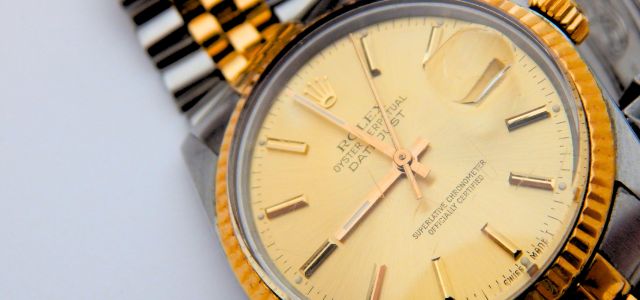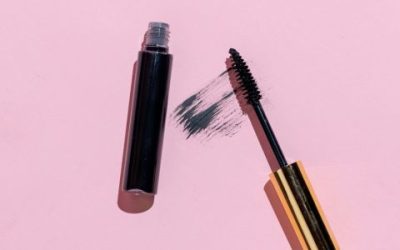A dispute arose between Rolex SA and Artisans de Genève SA (AGSA), which specializes in customizing Rolex watches for its clientele. In 2023, the Civil Chamber of the Court of Justice of the Canton of Geneva ordered AGSA to cease these services and the use of the Rolex brand in its customization activities and advertising. A recourse was filed.
The Federal Tribunal (TF) had never previously been called upon to rule on whether the activity of customizing branded products at the request of the owner, against payment, without the agreement of the brand owner, is lawful (or not) under the rules of the Trademark Protection Act (LPM) and the Unfair Competition Act (LCD). This has now been addressed. The matter is significant, as the customization of branded items is not limited to watchmaking but extends to multiple segments such as fashion, haute couture, leather goods, automobiles, etc.
According to the TF, there is no legal reason to differentiate between the owner of a branded item making modifications themselves and one who employs the services of others to achieve the same result. Nothing prohibits a company from offering repair, modification, or customization services for branded items to their owners.
Customizing a branded item, carried out at the request and on behalf of its owner for personal use, does not undermine the distinctive function of the brand because the modified item is intended for private use and is not akin to being placed on the market as a new product.
The situation differs when a company not only offers customization services to fulfill the wishes of owners but also commercializes customized branded items without the brand owner’s consent.
The TF has thus made a clear distinction between two models of activities related to the customization of branded watches:
| Model 1 | Model 2 |
| Providing customers with customization services (against payment) for their branded watches, including removing and re-applying the Rolex brand on the watches or placing their own signs alongside the brand, at the request of their owners and for their personal use, as long as the service provider acts at the request of the owner of the item concerned and the customized item is returned to its rightful owner, without the watch being placed back on the market. | Commercializing modified or customized watches that still bear the brand of the original item. Here, the customization company acquires the watch itself, customizes it, and then sells the personalized watch to its customers. Without the brand owner’s authorization, this activity violates the LPM because the brand is used in the market and no longer fulfills its identification function as it no longer designates the original item, which has been modified without the brand owner’s consent. There is no exhaustion of rights by the trademark owner. |
|
LAWFUL including with regard to a renowned brand |
VIOLATION of the exclusive rights of the brand owner |
In this case, AGSA partially succeeded in its appeal, as its appeal was admitted regarding the lawfulness of its commercial activity deployed after October 1, 2020. AGSA’s activity did not violate the LCD rules either, as unfair competition must objectively affect the market. Since the activity in question does not involve re-introducing customized watches to the market, as the original item acquired legally by its owner, modified according to their wishes, is returned to them for personal use once the customization process is completed.
Rolex’s trademark rights were infringed before the proceedings, as evidenced by the purchase test, on behalf of Rolex, of a Rolex Daytona watch and customization carried out by AGSA in February 2020. The sale price by AGSA included the watch itself and the customization services (model 2 above).
AGSA subsequently modified its initial model to 1 (above) and committed not to have stock of personalized or to-be-customized watches.
The other important aspect of the dispute remains open: whether AGSA’s manner of offering its services and promoting them on its website violates the LPM or LCD rules. The factual findings in the previous decision being insufficient, the case is referred back to examine these aspects, including whether AGSA conveys an appearance of alleged collaboration with Rolex (such as co-branding) or parasitic usage, taking into account the reputation associated with Rolex. Stay tuned.

Written by Catherine Hillaert-Prevost
Expert Intellectual Property Consultant
The Trademark Lawyer Editorial Board Member
You may also like…
Battle of the beauty dupes: courts side with e.l.f. over Benefit
Late last year, a judge in the Northern District of California found e.l.f. Cosmetics did not infringe on Benefit...
Super Mario: Costa Rican supermarket wins trademark dispute against Nintendo
Don José Mario Alfaro González, known as Mario, operates a supermarket in San Ramón, Costa Rica, called 'Super Mario.'...
Register at Early Bird rate for ECTA 43rd Annual Conference ‘Bears on the Loose’ in Berlin!
Register now at Early Bird rates for the ECTA 43rd Annual Conference in Berlin on 18-21 June 2025! This year’s...
Contact us to write for out Newsletter













